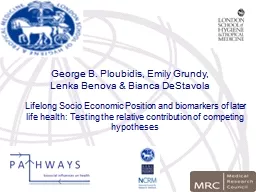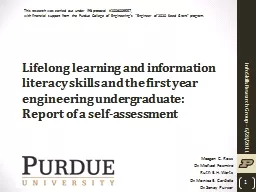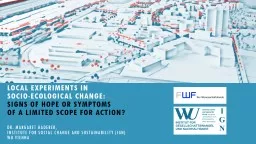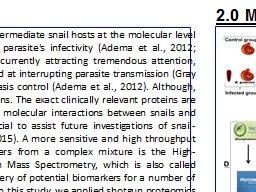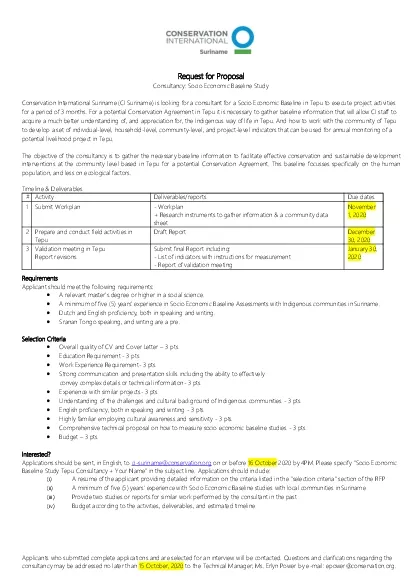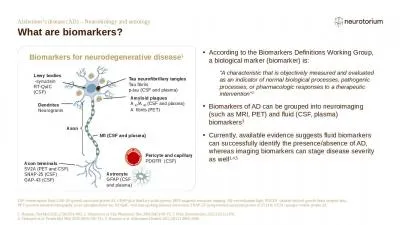PPT-Lifelong Socio Economic Position and biomarkers of later li
Author : lindy-dunigan | Published Date : 2015-09-19
George B Ploubidis Emily Grundy Lenka Benova amp Bianca DeStavola Outline An example Life course inequalities Its all about causal mediation Results from the
Presentation Embed Code
Download Presentation
Download Presentation The PPT/PDF document "Lifelong Socio Economic Position and bio..." is the property of its rightful owner. Permission is granted to download and print the materials on this website for personal, non-commercial use only, and to display it on your personal computer provided you do not modify the materials and that you retain all copyright notices contained in the materials. By downloading content from our website, you accept the terms of this agreement.
Lifelong Socio Economic Position and biomarkers of later li: Transcript
Download Rules Of Document
"Lifelong Socio Economic Position and biomarkers of later li"The content belongs to its owner. You may download and print it for personal use, without modification, and keep all copyright notices. By downloading, you agree to these terms.
Related Documents

